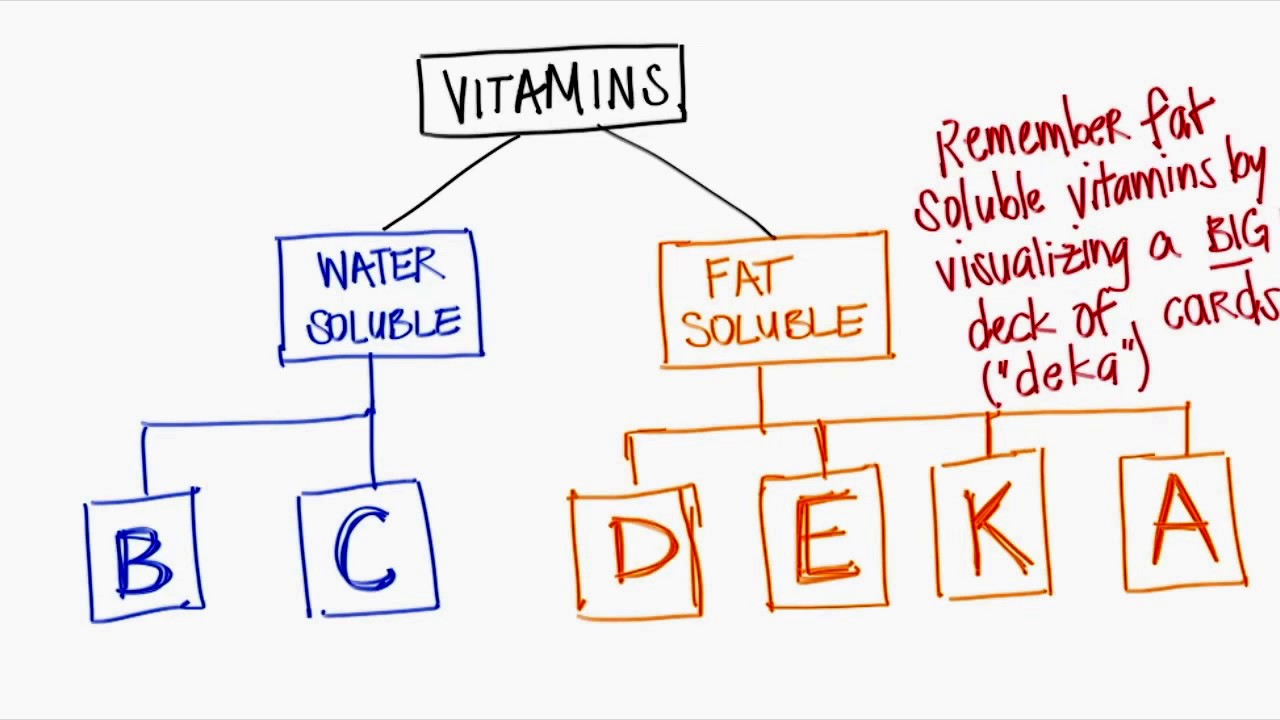Micronutrients and Phytochemicals
Functional Roles of Micronutrients
- Enzymes, coenzymes, and cofactors
- Fluid and electrolyte balance
- Antioxidant systems
- Building bones
- Energy metabolism
- Blood health
Can Food Be Medicine?
Examples:
Scurvy: fatigue, bleeding gums, bruising
- a disease caused by a deficiency of vitamin C, characterized by swollen bleeding gums and the opening of previously healed wounds, which mainly affected poorly nourished sailors until the end of the 18th century.
- 1753, James Lind, a British Navy physician found citrus fruit prevents disease
Rickets: bone disease in children
- 1922, cod liver oil an effective treatment
Vitamin D: promotes the body’s absorption of calcium and phosphorus
- Extreme or prolonged lack of vitamin D makes it difficult to maintain proper calcium and phosphorus levels in bones, which can cause rickets.
- Vitamins and minerals work together to perform various physiological functions
Chlorosis: green skin color, weakness
- 1700’s Physician Sydenham prescribed, “mineral water with the Iron”
Vitamins
Vitamins: carbon-containing substances needed in small amounts by the body
- Vitamin content is most significant when a fruit or vegetable is ripe
- Essential: can’t be synthesized by the body
- Absence leads to a deficiency that can be cured if the vitamin is resupplied in time
- Avoid intakes over the Upper Level (Megadose)
Fat Soluble Vitamins:
- Vitamin A: Vision, Reproduction, Bone Health, Immune System
- Vitamin D: Strengthens Bones, Calcium Absorption
- Vitamin E: Immune System
- Vitamin K: Blood Clotting, Bone Health
- Absorbed with dietary fat
- Anything interfering with fat absorption will impair fat soluble absorption
Fat Soluble Vitamins: Deficiencies
Vitamin-A: Night blindness, Dry eyes, Rough skin, Slower bone growth & Improper tooth development
Vitamin-D: Cancer, Rickets & Softening of the bones
Vitamin-E: Muscular weakness and Neurological Issues
Vitamin-K: Blood clotting and Reduces the bone density
Water Soluble Vitamins & Choline:
Thiamin (B1)
Riboflavin (B2)
Niacin (B3, PP)
Pantothenic acid (B5)
Biotin (B7, H)
Pyridoxine (B6)
Folate (folic acid, B9)
Cobalamin (B12)
Vitamin C
Absorbed primarily in the small intestine
Relatively high bioavailability
Transported to the liver via portal vein & distributed to body tissues
Water-soluble vitamins are particularly susceptible to destruction by heat, light, air exposure, cooking in water, and alkalinity

Vitamin Toxicity
- Vitamin toxicity is most frequently from supplemental sources, not foods.
- Toxicity by vitamin A most frequently observed.
Symptoms of Vitamin A toxicity:
- Dry, itchy skin
- Headache
- Nausea
- Blurred vision
- Can cause severe birth defects
Minerals
Minerals: Individual chemical elements that can’t be broken down further
- Majority of minerals absorbed in the small intestine
- Higher fiber diets can lower the absorption of iron and zinc
- Vitamin C intake increases iron absorption
- Stored in various tissues
- Some minerals remain in the bloodstream
- Calcium, phosphorus, magnesium, and fluoride stored in bone
- Iron, copper, and zinc are stored in the liver
- Others are stored in muscle tissue, organs, glands
Essential when:
- Dietary inadequacy causes physiological or structural abnormality
- An addition to our diet reinstates health
Major minerals:
- Sodium
- Potassium
- Chloride
- Calcium
- Phosphorus
- Magnesium
- Sulfur
Trace minerals:
- Iron
- Zinc
- Selenium
- Iodide
- Copper
- Fluoride
- Chromium
- Manganese
- Molybdenum
Ultratrace minerals:
- Arsenic
- Boron
- Nickel
- Silicon
- Vanadium
\